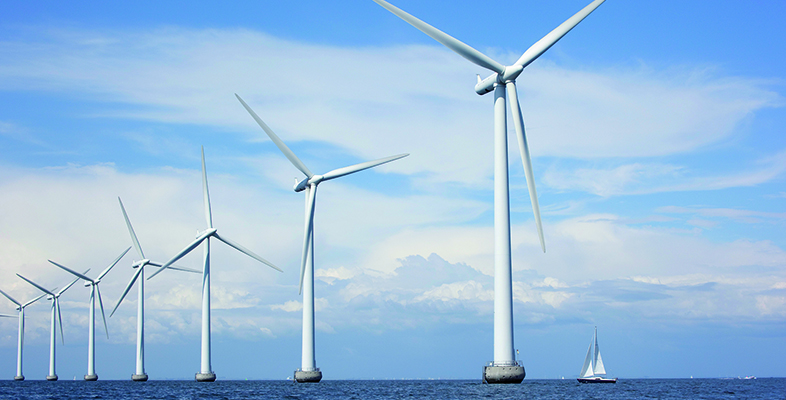4.2.2 LED development
The development of LED lighting has progressed very rapidly. They were originally introduced as small low power indicator lamps originally in red but progressing through orange and green to blue. The basic white lamp is in fact a blue LED coated with a phosphor based on cerium and yttrium that converts some of the blue light to a broad yellow spectrum. Since 2005 commercial lamps have progressed from a bluish white to a warm white and the efficacy has improved from 25 lumens W−1 to over 100 lumens W−1 making them competitive with fluorescent lamps.
Their life expectancy (at least 15 000 hours) is 15 times that of a GLS lamp and twice that of a CFL. There has been a rapid deployment for street lighting projects where the cost of physical replacement is high.
Although they are currently mass-produced as small lights of usually of under 1 watt output, these can be built up into larger modules. Initially these were only available in low wattages but at the time of writing (2023) LED replacements for 60 watt and 100 watt GLS lamps are widely available and heavily promoted.
